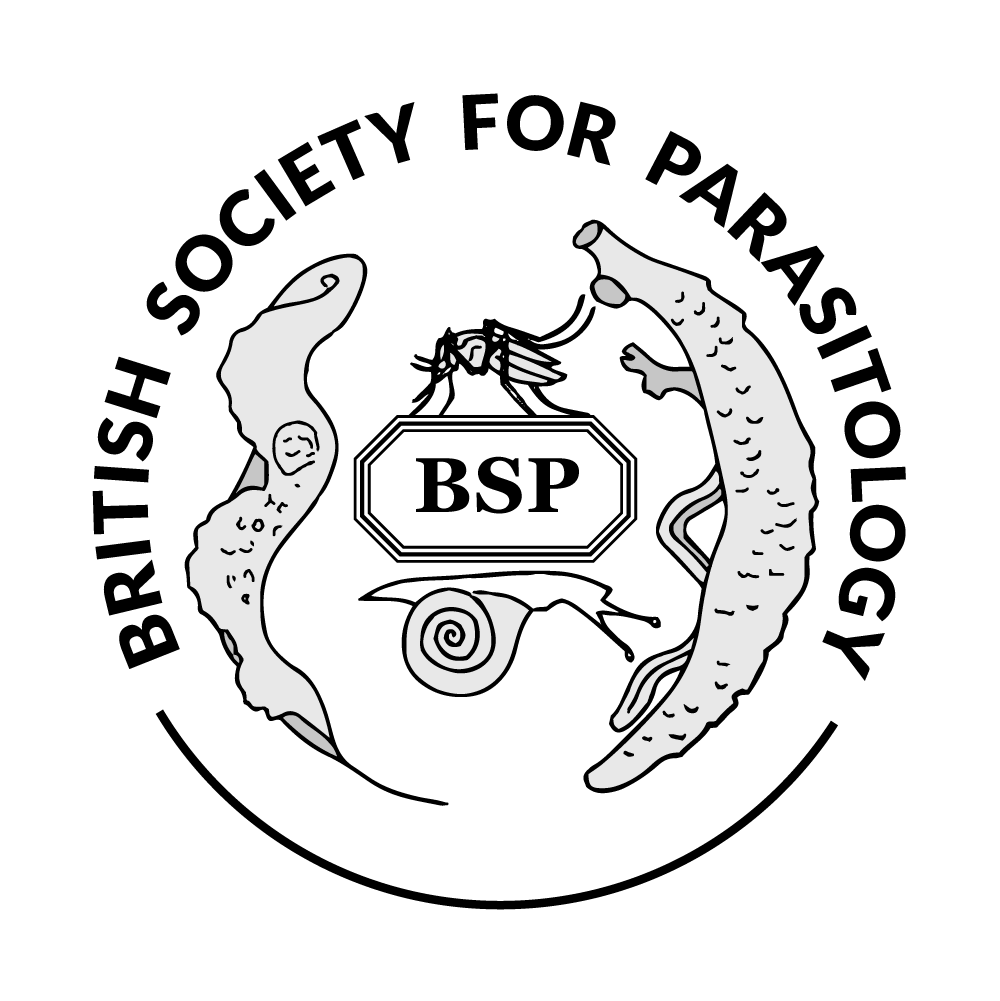Authors
H Matthews2; M Delves2; C Miguel-Blanco2; I Molina1; E Herreros-Aviles1; J Baum2; 1 GlaxoSmithKline; 2 Imperial College London Discussion
Growing evidence of resistance to artemisinin threatens the shelf-life of the current frontline antimalarial combination therapies and underscores the urgent need for the discovery of novel drugs and drug-targets. Historically, antimalarial chemotherapy has been an arms race between drug-development and resistance acquisition of asexual parasites. Multi-targeted approaches are a necessity if future gains are to be made. Chemically targeting mature gametocytes to prevent parasite transmission is becoming a favoured component of eradication campaigns. In recent years the development of high-throughput antimalarial assays has permitted access to previously unexplored chemical space. To facilitate the discovery of transmission blocking antimalarials and novel druggable targets, the Dual Gamete Formation Assay (DGFA) has been developed as a high-throughput alternative to the Standard Membrane Feeding Assay (SMFA). The DGFA determines the viability of male and female gametocytes independently, in the same well, following drug exposure. From a screen of 13,533 compounds (Tres Cantos Antimalarial Set, TCAMS) pre-selected for activity against P. falciparum asexual blood-stages, the DGFA has identified 262 hits (> 50% inhibition at 2 µM). Of these, 199 were male-specific, 7 were female-specific and 56 were dual-active. Despite representing only ~20 % of the sexually dimorphic population, males were more drug-sensitive than females. Future work will focus on dissecting the mode-of-action of hit compounds. 
